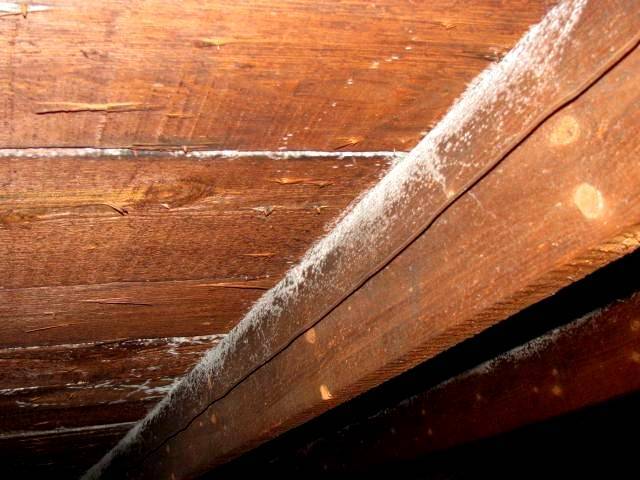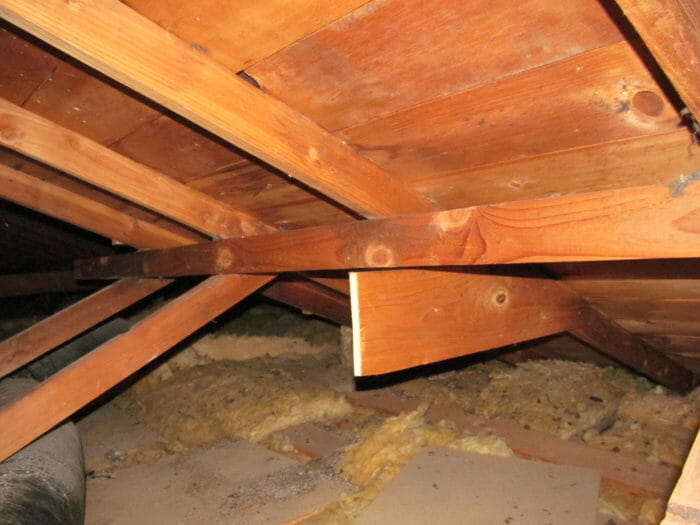The orange mold may look like small spots in its initial stage of life but becomes large slimy colony when it reaches the later stage.
Orange specks on bottom of attic wood.
If you ve discovered yellow mold growing in your home you re probably wondering what it is why it s there and what to do about it.
They start at the bottom then make a hole 90.
Carpenter ants leave piles of sawdust material below their runs holes.
That could be harmful particularly if it is entering the living area.
If a plasterboard ceiling oe adobe like material then it isn t termites or carpenter ants.
If you see the wood in your attic ambering call green energy of san antonio today to have your attic properly insulated.
What causes orange mold.
Note whether the damaged wood is a hardwood or softwood andwhether damage is in a new or old wood product evidence of inactive infestations ofinsects that attack only new wood will often be found in old wood.
It first appears on the ground as orange beads as small scattered piles.
For hardened wood sap removal a sharp wood chisel is an ideal choice to scrape off the crystals.
What is the texture like of the orange mold it s it s hard and plastic it s probably the glue.
There is no need forcontrol of these.
No wood this is all on granite and tile counter tops.
However it may also appear on wood bread cheese yogurt and hidden structures in the house.
Household mold typically grows in damp areas of the home such as bathrooms and basements.
I believe this happens if the wood becomes very saturated with water and the glue loosens a bit then when drying is pushed back out of the wood causing this mold look.
Apply pressure and gently chip away at the sap until the crystals begin to pop off.
While a lab test would be needed to reliably identify the genera species of the green attic mold you have found a common greenish coloured mold found in attics and roof spaces on wood surfaces includes several species of aspergillus sp.
Orange mold often appears in damp and humid places such as bathroom and shower.
As with all other types of mold orange mold grows wherever there is moisture heat and a food source however orange mold differs from other types because it is more likely to grow on wood than other organic materials.
Mold growing on the sheathing in your attic is a serious problem that shouldn t be ignored.
To use the table match the size and shape of the exit or entry holes in the wood tothose listed in the table.




























